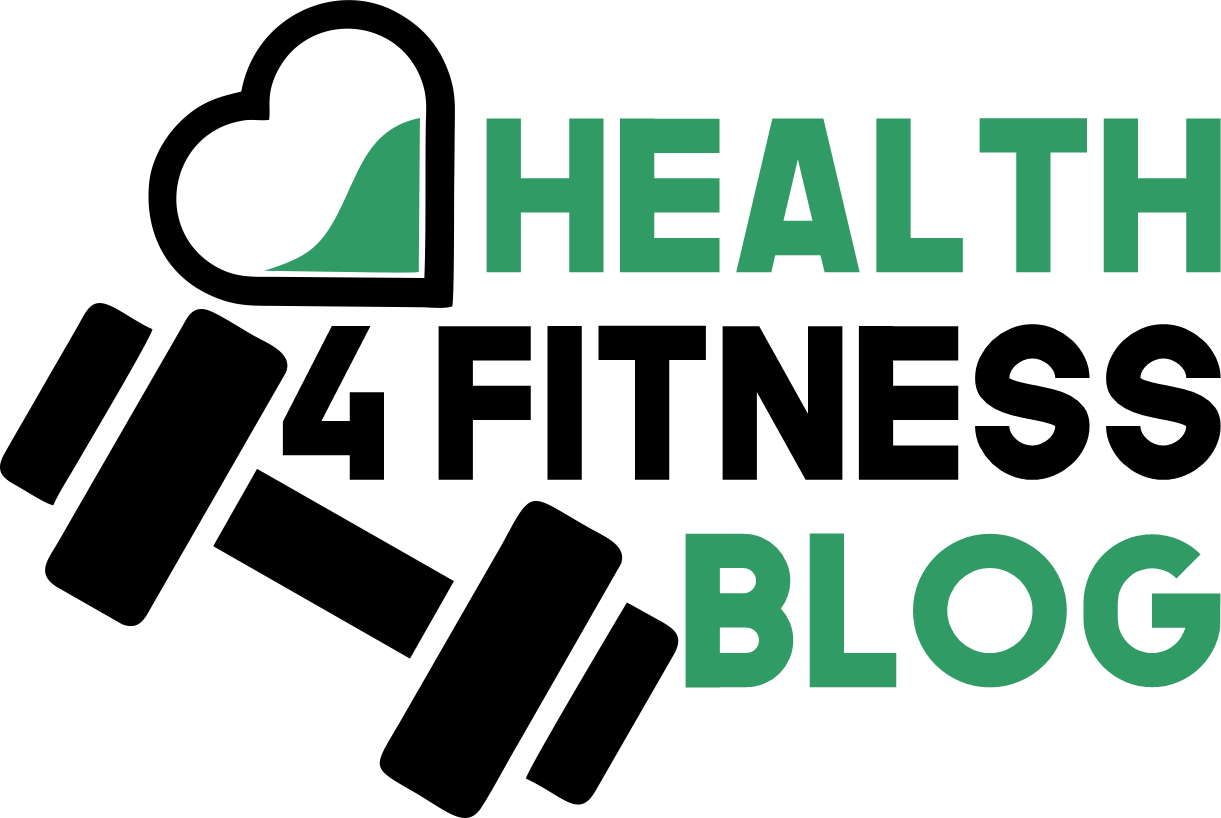Straight talk for faster relief, smarter recovery, and fewer flare‑ups.
Quick take
Red flags
What’s happening
What helps
Surgery
Imaging
Prevention
FAQs
Conclusion
Disclaimer
Table of Contents
Quick take
Most herniated discs calm down without surgery. Keep moving, use pain relief smartly, get into targeted rehab, and watch for red flags. Escalate care only when it’s truly needed.
Red flags you don’t ignore
Get urgent medical care if you develop any of these:
Urgent
- New bladder or bowel changes (trouble peeing, retention, new incontinence)
- Saddle numbness (inner thighs, buttocks, genitals)
- Severe or fast‑worsening leg weakness (especially both legs)
These can signal serious nerve compression (e.g., cauda equina syndrome) and need fast evaluation.
What’s actually happening
Discs sit between vertebrae like shock absorbers: a tough outer ring and a gel center. A herniation happens when gel slips through a weak spot and irritates a nerve root. In the neck, pain can travel into the arm/hand; in the lower back, it often shoots down the butt and leg (sciatica).
What actually helps
Keep moving
A day or two of taking it easy during a bad flare is fine, but long bed rest slows recovery. Gentle walks and a graded return to normal activity usually beat babying it.
Pain relief, used smartly
Short courses of NSAIDs or acetaminophen can help you function. Check with your clinician if you have stomach, kidney, heart, or bleeding risks.
Physical therapy > random stretches
Go structured: mobility work plus progressive strength for core, hips, and upper back. Add nerve glides and graded exposure to movements that trigger symptoms.
Epidural steroid injections
Useful for short‑term leg‑pain relief to break a pain wall and unlock rehab. Not a “fix”—they calm inflammation so you can move better.
Surgery, simplified
Bottom line: surgery is about faster relief and function when nerve pain won’t back off—or when there’s a true neuro emergency. It’s not the first move; it’s the right move for the right case.
When to consider surgery
- Solid conservative care done, but still disabling, imaging‑confirmed radicular pain
- Progressive neurologic deficit (worsening weakness, reflex loss)
- Red‑flag features (e.g., cauda equina signs) that need urgent decompression
Lumbar: microdiscectomy/laminotomy
A tiny window through bone removes the fragment pressing the nerve. Typical win: faster leg‑pain relief and quicker return to function in appropriately selected patients. Most people walk the same day and resume light activity in days to weeks; lifting/sport comes back in stages per surgeon protocol.
Cervical: ACDF vs disc replacement
- ACDF (fusion): removes the disc/osteophytes, decompresses the nerve, and fuses the level—time‑tested, broadly applicable.
- Disc replacement (arthroplasty): preserves motion at the level and can reduce adjacent‑segment stress in selected patients. Choice depends on levels, anatomy, and your surgeon’s evaluation.
Risks and recovery (know the tradeoffs)
Infection, bleeding, dural tear, nerve injury, blood clots, and—rarely—no improvement.
Fusion adds nonunion and adjacent‑segment wear risk; arthroplasty adds device‑related risks.
Expect a phased return: walk early, desk work in ~1–3 weeks (varies), progressive lifting/sport with your surgeon’s sign‑off.
What surgery doesn’t do
It doesn’t fix every back/neck ache. It’s designed to decompress a nerve and relieve radicular pain; lingering axial pain may still need rehab, strength, and load management.
When imaging makes sense
Skip routine early imaging unless you have red flags. If symptoms persist or progress after a guideline‑based trial of care, MRI is the go‑to—it shows nerves and soft tissues; plain X‑rays don’t diagnose disc herniations.
For a clear, evidence‑based explainer, see the NICE quality standard on when imaging helps (and when it doesn’t): NICE Quality Standard.
Prevention that pays off
Lift like a pro
Hinge at the hips, keep loads close, avoid twisting under load, and use your legs.
Move daily
Walk more, and strength‑train 2–3 times a week—prioritize core, glutes, and upper back.
Desk setup that doesn’t wreck you
Neutral spine, feet supported, screen at eye level; take a quick stand‑stretch‑walk break every 30–60 minutes.
For context on how common back pain is (and why prevention matters), see the WHO snapshot: WHO Low Back Pain Fact Sheet.
FAQs
Do most herniated discs need surgery?
No—most settle with time, movement, and structured rehab. Surgery is for persistent, function‑limiting radicular pain with imaging confirmation or progressive neurologic deficit.
Do injections fix the disc?
No. They can reduce inflammation and leg pain short‑term so you can train—but they don’t repair the disc.
How long does recovery take?
Many people improve within weeks; tougher cases can take a few months. Staying active and following a progressive program speeds the curve.
Conclusion
No hype. Most herniated discs settle down with time, movement, and smart rehab. Use meds and, if needed, a well‑timed injection to keep you in motion.
Watch for red flags; if they show up, move fast.
If pain won’t quit after a real run at conservative care, talk surgery with a specialist who will match the procedure to your anatomy and goals.
The aim isn’t just pain relief—it’s getting you confidently back to life and keeping you there.
Disclaimer
This post is general info, not medical advice. If you develop red‑flag symptoms (new bladder/bowel changes, saddle numbness, fast‑worsening weakness), seek urgent care.
Meds, injections, and surgery carry risks—talk to your clinician about what’s right for you.
Exercise tips here are generic; get a personalized plan from a licensed pro. External links are informational, not endorsements.
